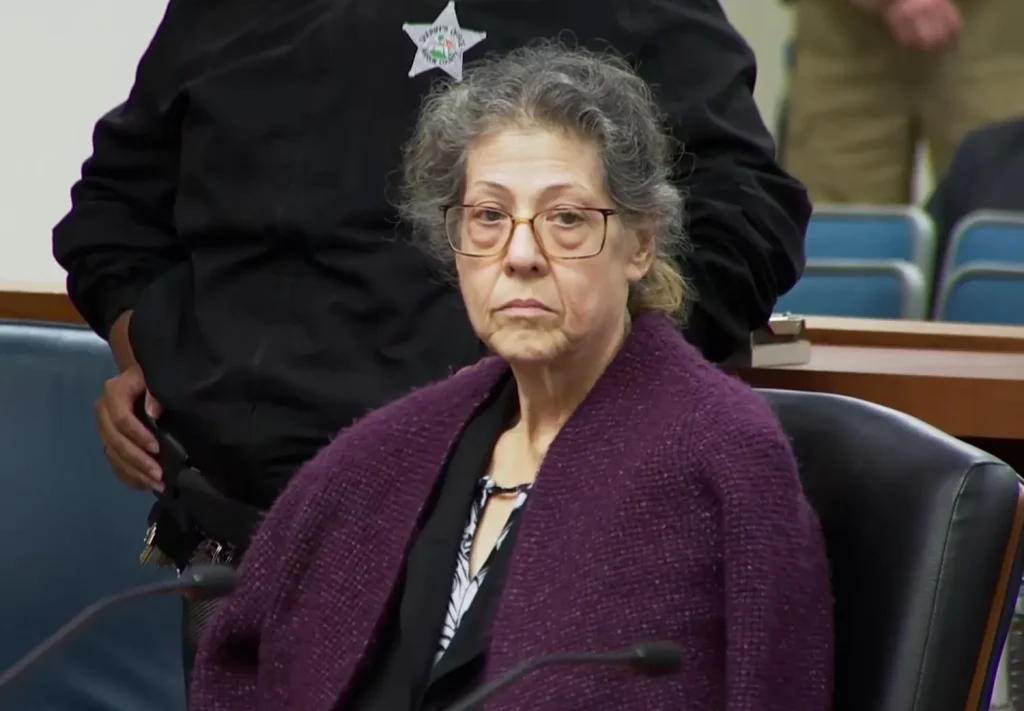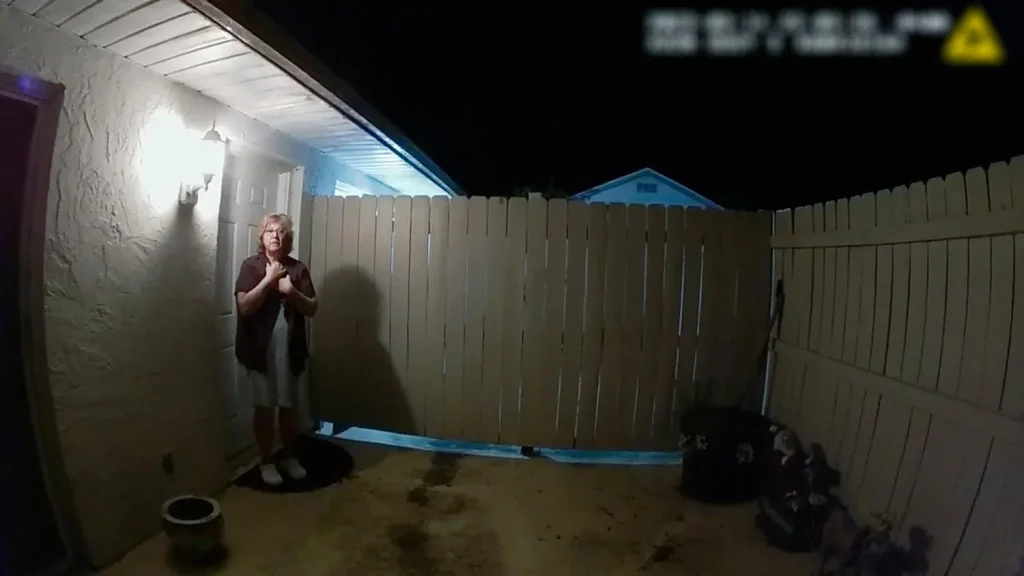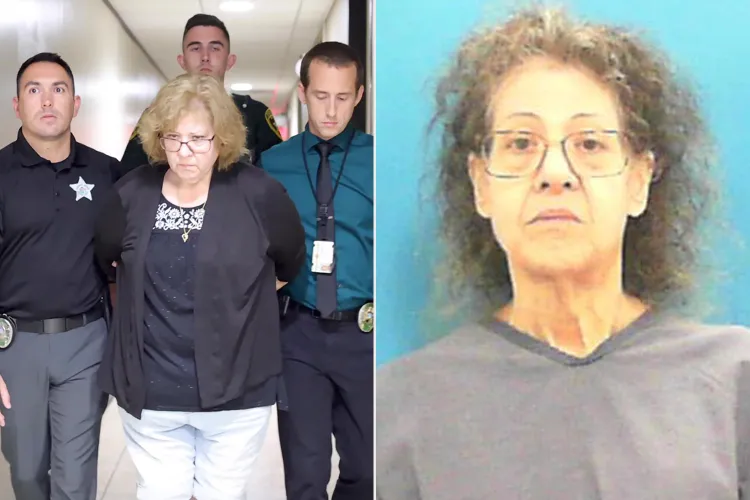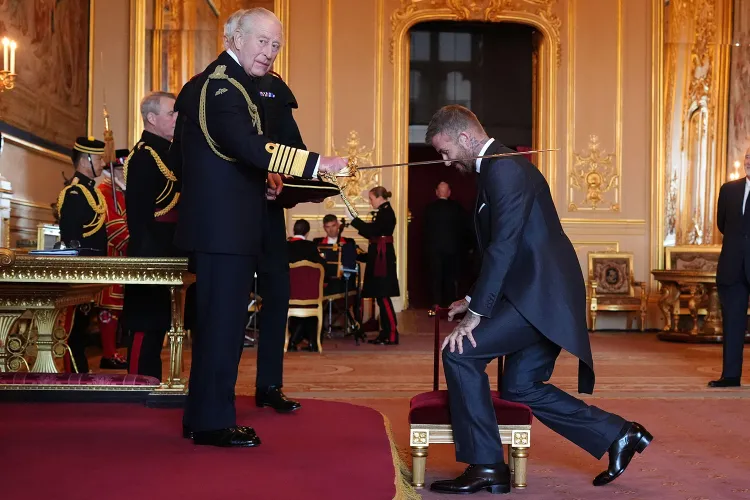From a Laundered Field to a Locked Door: Inside the Life of Susan Lorincz Two Years After She Shot Her Neighbour
I still remember reading the headlines that shocked a community: one neighbour shot another, through a locked front door, over what seemed like a playground dispute. Two years on, the story of Susan Lorincz and her neighbour Ajike “AJ” Owens is being revisited in the new documentary The Perfect Neighbor, streaming on Netflix.

Lorincz, a white woman in her late 50s at the time of the shooting, lived in Ocala, Florida. Owens was a 35-year-old Black mother of four trying to raise her children in the same community. What began as repeated complaints, skirmishes and escalating tension over children playing in a vacant lot next door eventually exploded into tragedy on June 2, 2023.

On that night, Lorincz, who had called 911 to report what she claimed was trespassing, then fired a single shot through her locked door, striking Owens in the chest while her ten-year-old son stood nearby. Owens died from the wound shortly thereafter.

Lorincz was arrested on June 6, 2023. She faced charges including manslaughter with a firearm, culpable negligence, battery, and two counts of assault. In August 2024, a jury found her guilty of manslaughter after just two hours of deliberation. By November 2024 she was sentenced to 25 years behind bars.

As of 2025, Susan Lorincz is serving her sentence at the Homestead Correctional Institution in South Florida. Her release date, barring any changes, is set for April 8, 2048.
Watching The Perfect Neighbor, directed by Geeta Gandbhir, you understand how this wasn’t a sudden breakdown but the result of a long-simmering pattern of behaviour: repeated 911 calls, complaints to police, video recordings of playing children, and embattled neighbourhood dynamics. It’s hard not to reflect on what this means beyond that single door and that one shot.
The film points to serious questions about how long friction can simmer before it becomes fatal. It raises issues about race, space, the rights of children to play, and the laws that allow fear to escalate into violence. The documentary, made almost entirely of body-cam footage and unfiltered records, doesn’t tell you what to think; it asks you to feel it.
Lorincz, in a rare interview behind bars in September 2025, reiterated that she felt threatened and believed she was under attack. She expressed remorse, saying, “I am so sorry I took AJ’s life. I never intended to kill her.” But to many, that apology landed too late.
Owens’ family has turned grief into advocacy and remembrance. They describe her as a protective mother, full of life and love. They say the shooting left four children without their mom and a community still asking how a routine dispute ended in death.
For me, it’s a story of warning and reflection. It’s about how one person’s sense of ownership can choke another person’s sense of safety. It’s about the desperate hope that children just being children won’t somehow become the spark for something devastating. And it’s about how justice, although served, still leaves such deep scars.
In reading where Susan Lorincz is now, behind bars, processing her own account and remorse, one can’t ignore the contrast: Ajike Owens is gone. Her voice, her laughter, her children’s hugs—all ended. The weight of that loss carries longer than any sentence.
And in a way I’m grateful that this story is being told so many ways now—through a film, through articles, through conversation. Because we need to look at places like Ocala and ask: when does escape stop being an option, and what role do we all play in making sure a knock at a door doesn’t become a shot through it?



